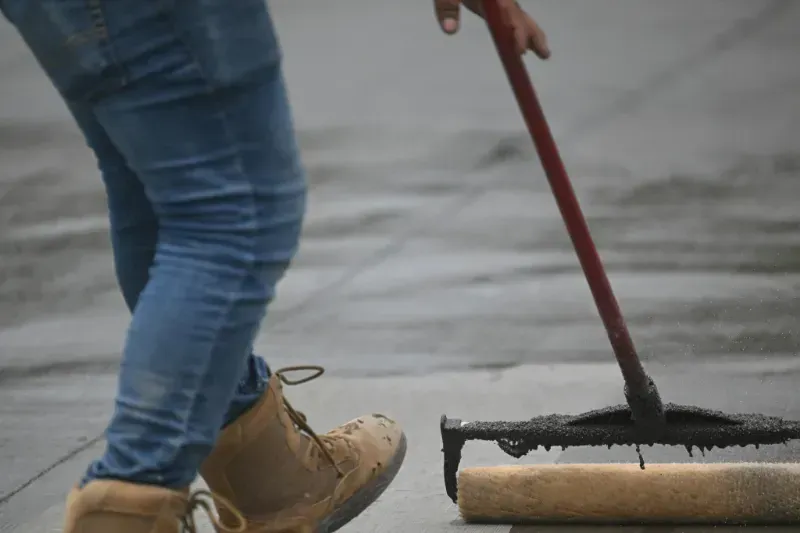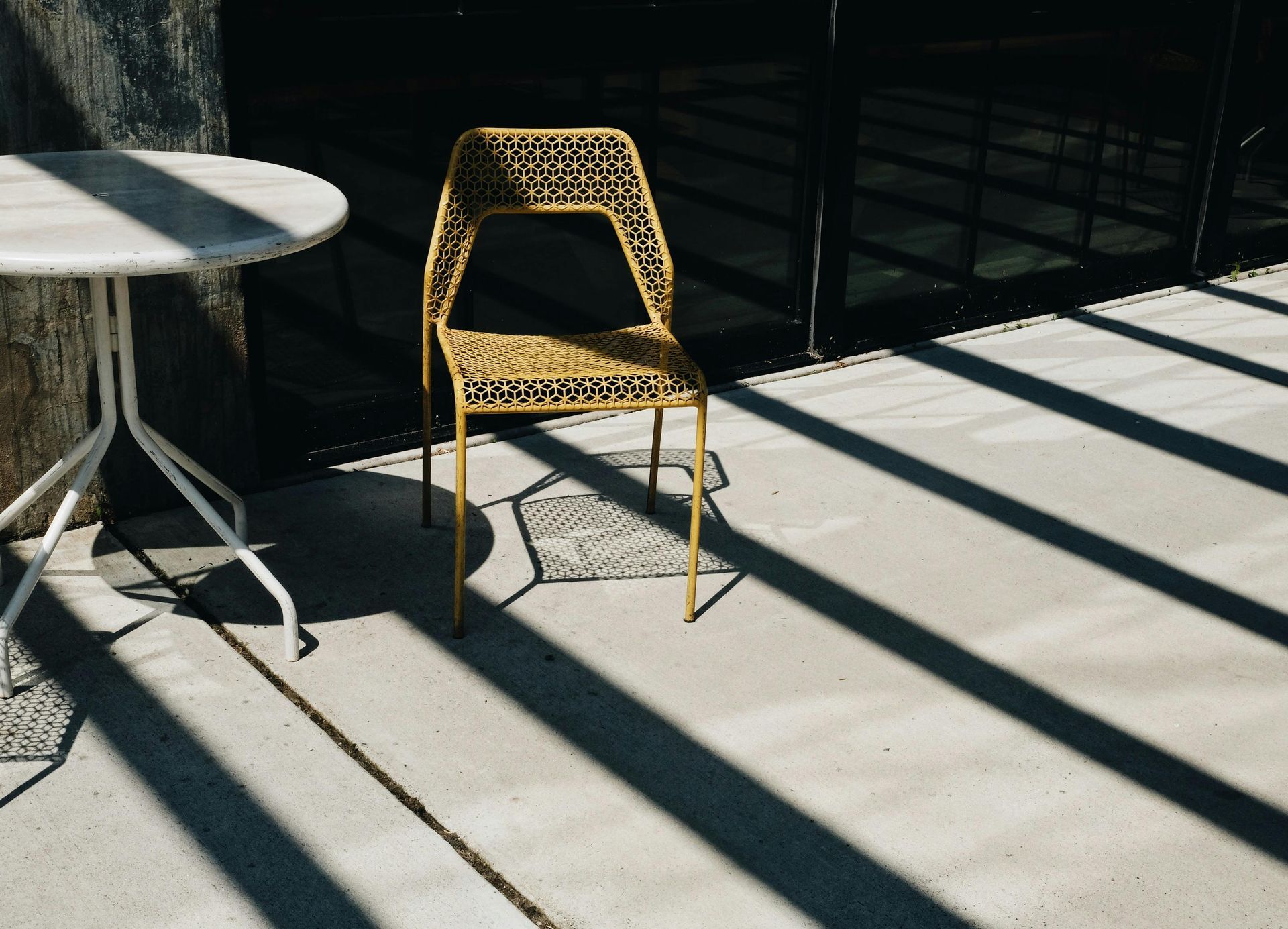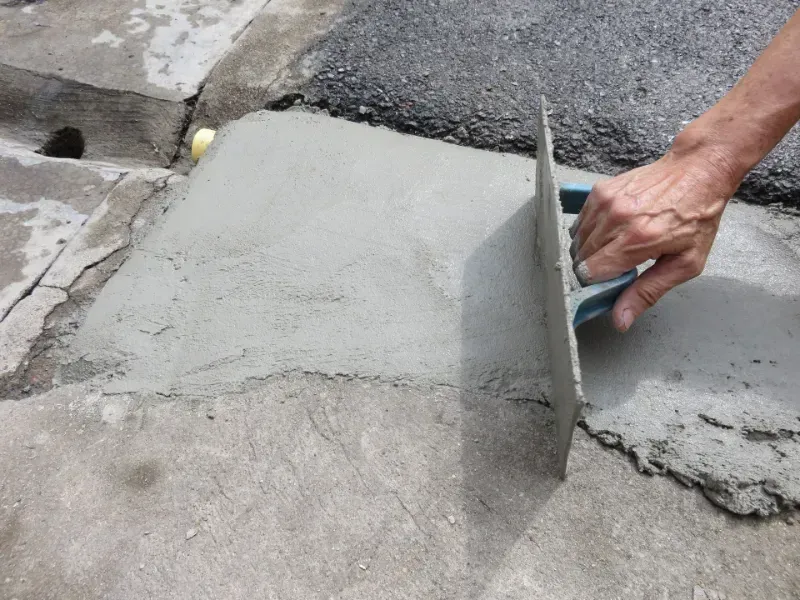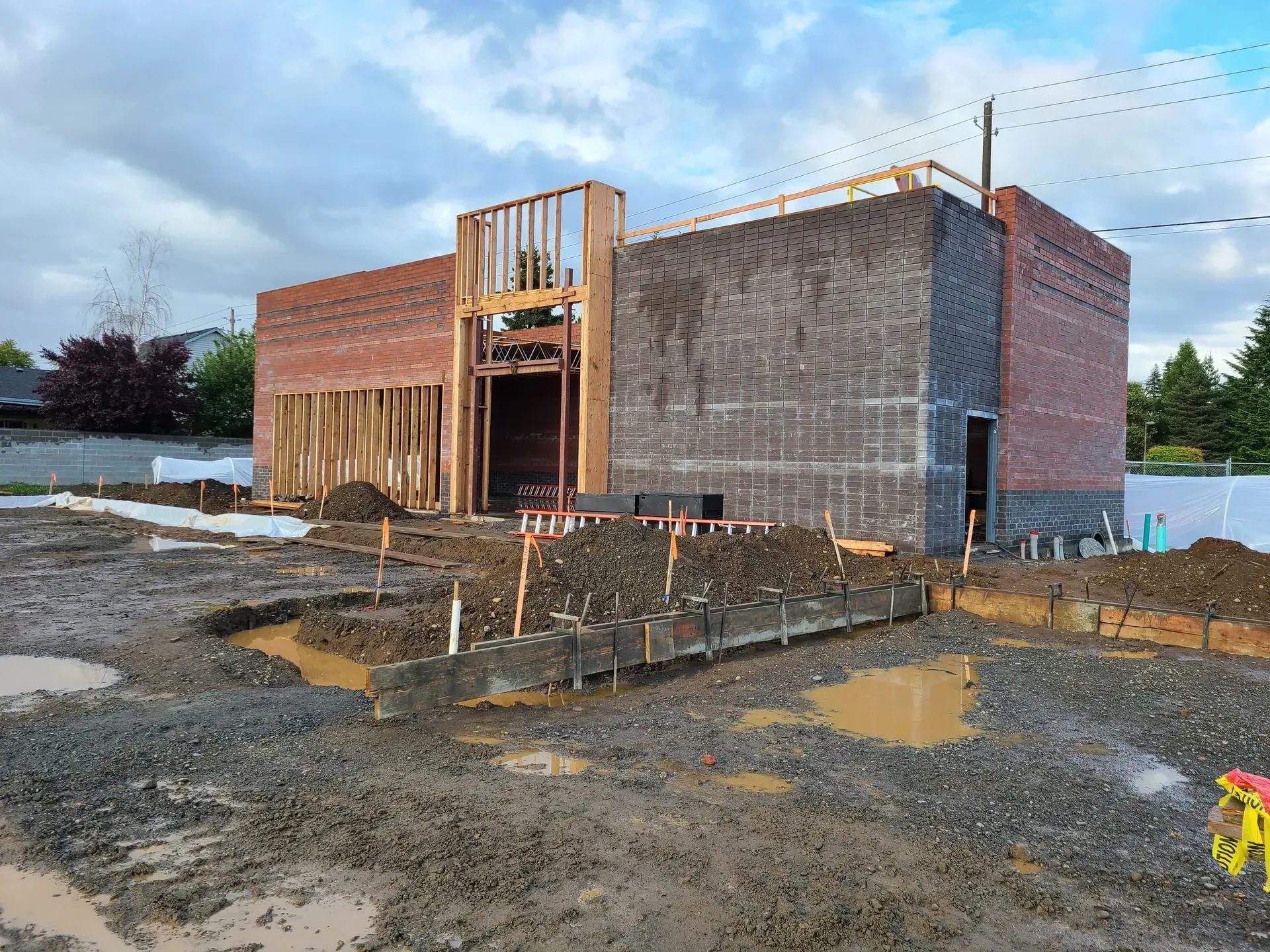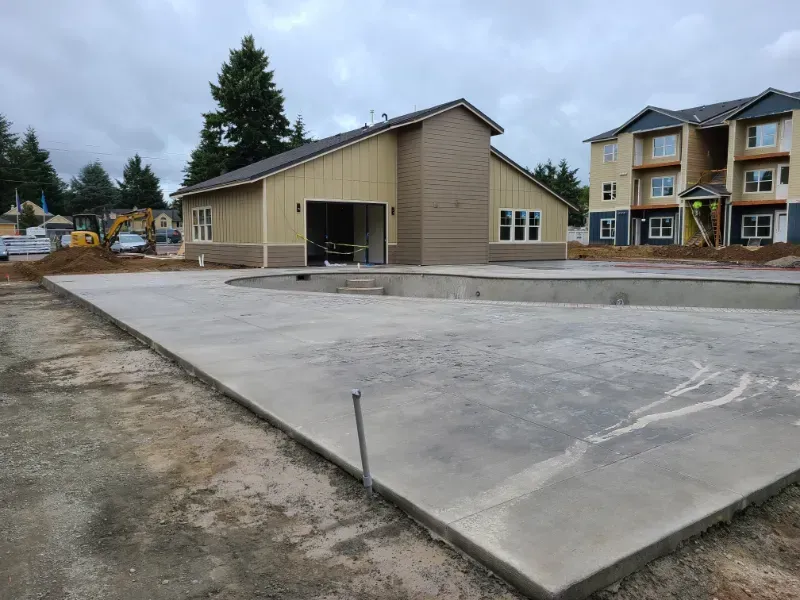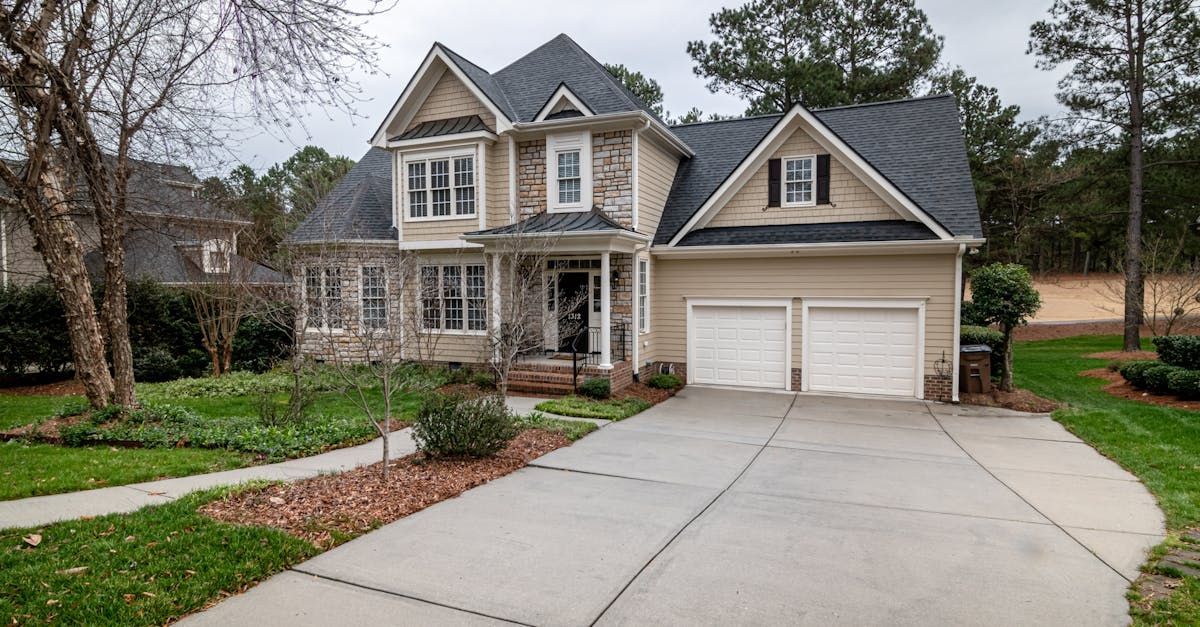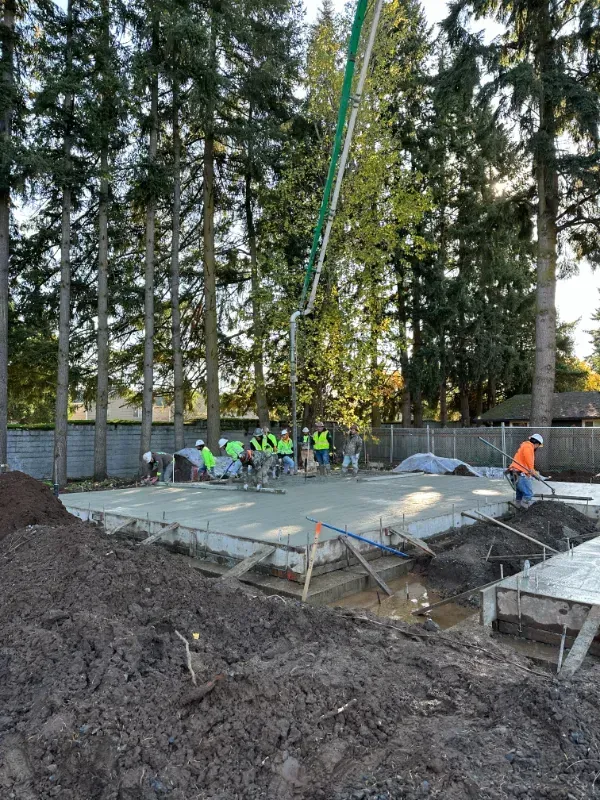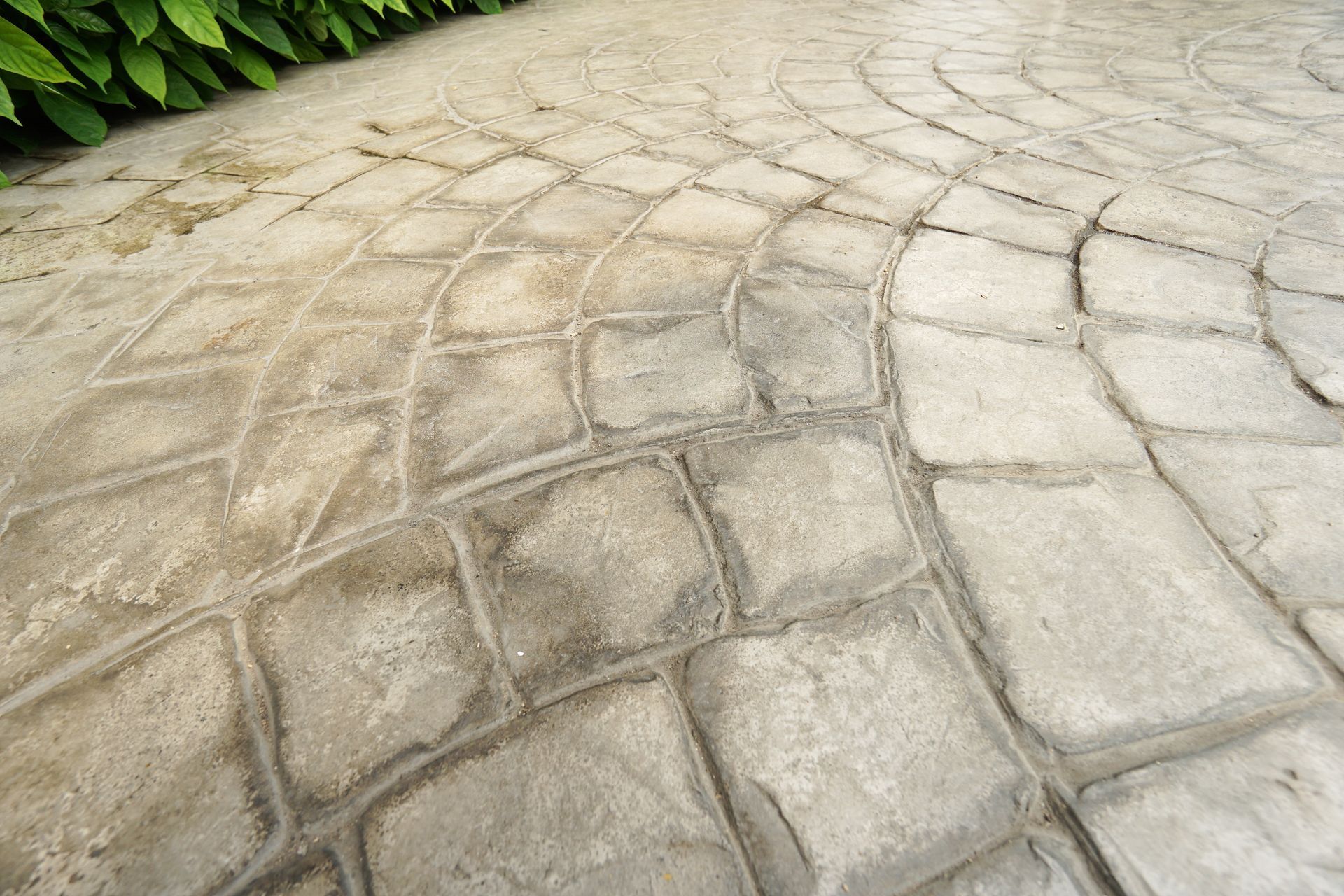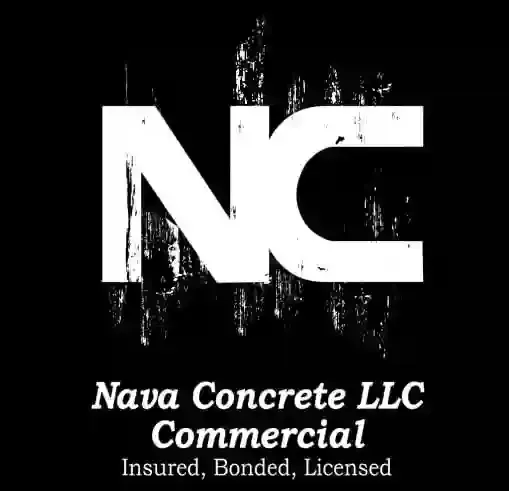Concrete Repair: The Only Signs You Need To Know
Concrete repair isn't just routine maintenance—it's an essential step to prevent laborious and costly renovations. Yes, concrete might seem invincible, but even this construction powerhouse has its breaking point.
The good news is, you don't need to wait for disaster to strike. There are subtle signs that your concrete is crying out for help, and that’s what we're going to talk about in this blog post.
Are you paying attention to whether you need concrete repair? Don’t let deterioration catch you off guard—let’s dive into the signs that demand your immediate attention.
Common Signs You Need Concrete Repair
Here are some signs that your concrete should get professional attention.
Cracks
Since concrete comprises nearly 60% of a structure's material, cracks are often the most visible sign of wear you can quickly spot. Cracks in concrete are not just unsightly; they can worsen over time, creating tripping hazards and exposing your structure to water damage and other corrosive elements.
Understanding the common causes of these cracks can help you prevent them. For example, shrinkage is a typical reason for early cracking. As concrete hardens and water evaporates, it reduces in size, creating stress that may lead to cracking. Proper mix ratios and control joints can help manage this.
Other types of cracks include:
- Re-entrant corner cracks: These occur around corners or rounded objects, where concrete cannot shrink evenly.
- Expansion cracks: These happen when concrete expands in hot weather without enough space to stretch.
- Heaving cracks: These are caused by the freeze-thaw cycle in cold climates, lifting and cracking the concrete.
- Settlement cracks: These appear when concrete is poured over unstable ground.
Each type of crack has a specific prevention method, depending on its severity. If you notice significant or rapidly worsening gaps, contact your local concrete specialist. Remember, immediate concrete repair can prevent further damage and restore your structure’s integrity.
Deformations
When your concrete floors, walls, or external areas begin to sag, tilt, or bulge, it’s a clear indication that urgent repair is required. Such deformations often arise from foundational issues or overloading, which can significantly compromise the structural integrity of your property.
Additionally, the presence of potholes and depressions not only detracts from the aesthetic of your surroundings but also presents safety risks.
Effective repair involves addressing the root causes, which may include poor installation, inadequate compaction, or water damage. Typically, this process entails filling the depressions with appropriate materials and ensuring they are properly compacted.
If you observe uneven or sinking concrete, taking prompt action is crucial. A professional concrete repair service can rectify these issues, ensuring your structure remains safe and durable.
Concrete leveling, which involves using specialized equipment to raise and stabilize uneven slabs, is a common remedy. In more severe cases, slab replacement will be more practical.
Dampness and Water Pooling
Another clear sign you need concrete repair is lingering puddles on your driveway or sidewalks after a rainstorm. This could indicate that the ground beneath the concrete is eroding, causing your surfaces to sink and become uneven.
Water that collects and does not drain can erode the foundation, weaken the concrete, and promote mold and mildew growth, posing health risks and making your property look neglected.
Similarly, water or moisture on walls and ceilings often signals leaks or condensation problems, leading to peeling paint, stains, and mold growth. If water seeps through cracks or porous areas, it can further weaken the structure, promoting the development of even larger fissures.
Aging
How old is your concrete? Over time, it can look worn and weathered due to constant exposure to the elements—sunlight, rain, and temperature fluctuations take their toll.
You might notice the surface becoming duller or changing color, alongside cracks, pooling water, and unevenness. These signs indicate that your concrete is aging, possibly beyond the point of simple repairs.
Years of harsh weather, UV rays, and daily wear and tear inevitably lead to deterioration. If you see abnormal stains or color changes, these could be signs of chemical reactions that weaken the concrete, potentially risking structural integrity. Water penetration could also cause discoloration, signaling the need for a professional assessment.
Concrete is durable but not indestructible. As it ages, signs like pitting, flaking, and staining become more apparent, indicating it's time for a refresh to maintain your property’s appeal. If your concrete surfaces show these aging signs, consider concrete repair.
Concrete Cancer
Concrete cancer emerges when the steel inside concrete structures starts to rust, usually because of exposure to moisture and other corrosive substances. This condition not only threatens the structural stability of a building but can also lead to partial or complete collapse if not managed in time.
The visual signs of concrete cancer include rust stains, cracking, and spalling, where pieces of concrete break away and pose a safety risk. It's crucial to act immediately when these signs become apparent. Ignoring them can lead to severe damage, risking both people and property.
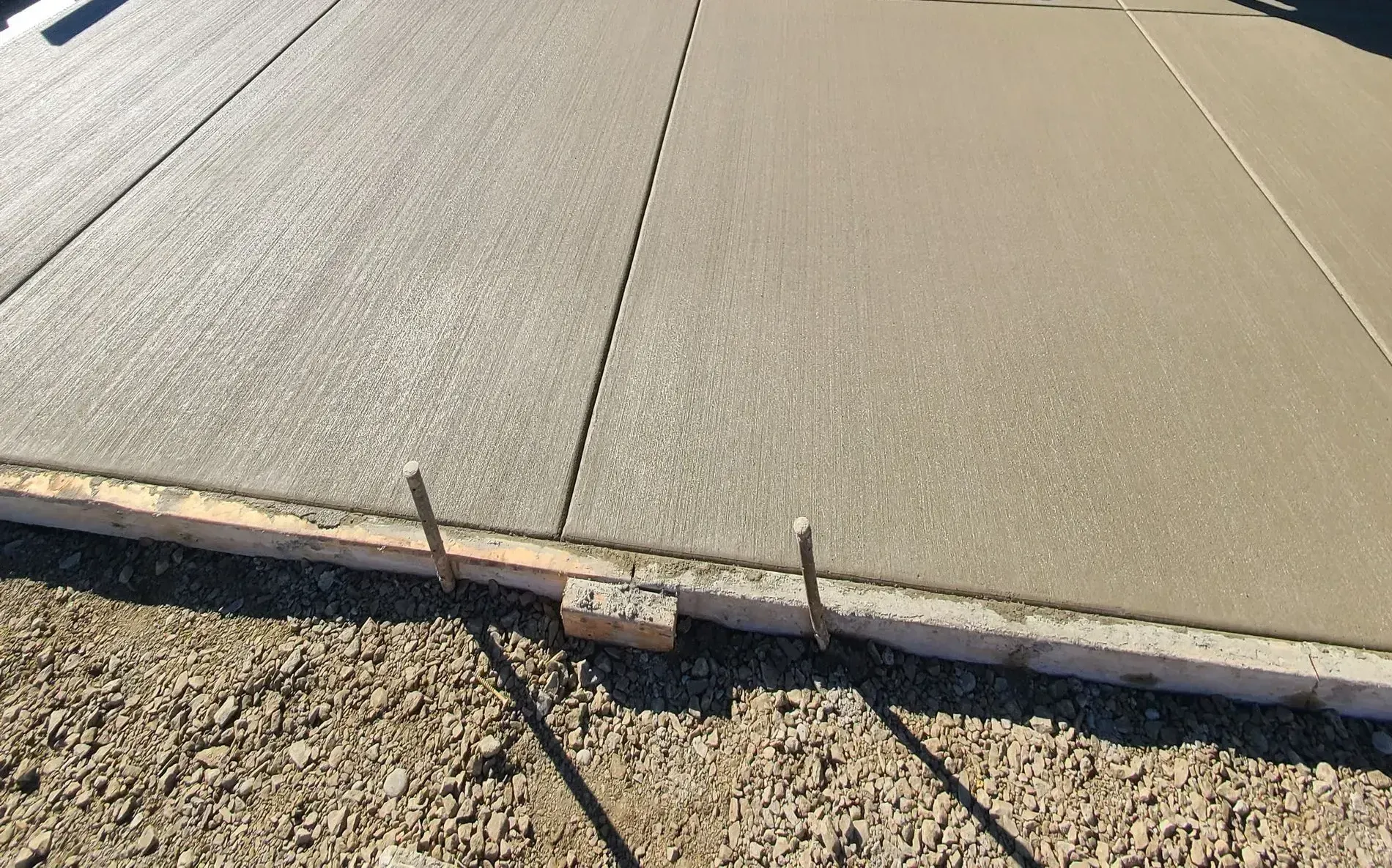
Find Your Local Concrete Specialist
Maintaining your home or business involves more than just aesthetics; it requires attention to foundational elements like concrete surfaces. While these might not be top of mind every day, they are vital for structural stability. If you've been delaying concrete repairs, you might be surprised at how quickly and affordably these can be addressed.
Concrete, despite its durability, is prone to issues such as cracks, deformations, water damage, and general wear and tear—all of which signal the need for immediate repair to maintain structural integrity and avoid costly renovations. So to avoid more serious issues, consider addressing the first signs of damage.
At Nava Concrete LLC in Vancouver, we specialize in both residential and commercial concrete services. Whether you need repairs to existing concrete or new installations like flatwork, foundations, stamped concrete, or sidewalks and driveways, we are here to help restore your concrete to its original strength and appearance.
Contact us at (360) 721-8093 to ensure your property remains safe and your concrete returns to its glory.
CONTACT US
You can also find us here:
QUICK MENU
All Rights Reserved | Nava Concrete LLC
